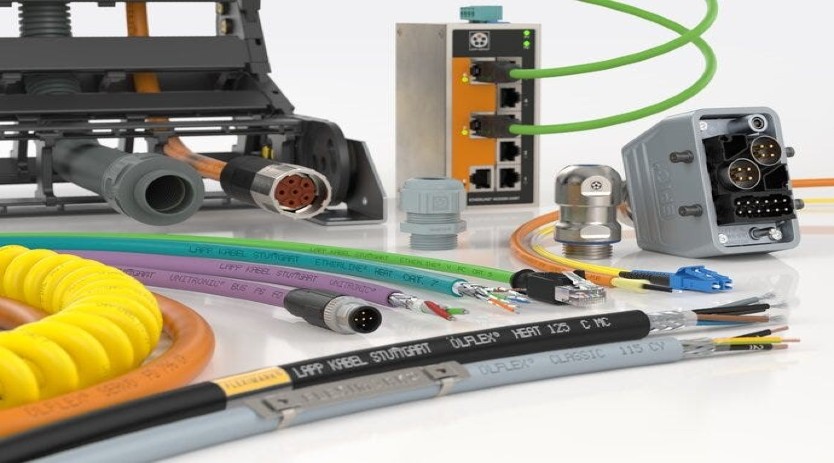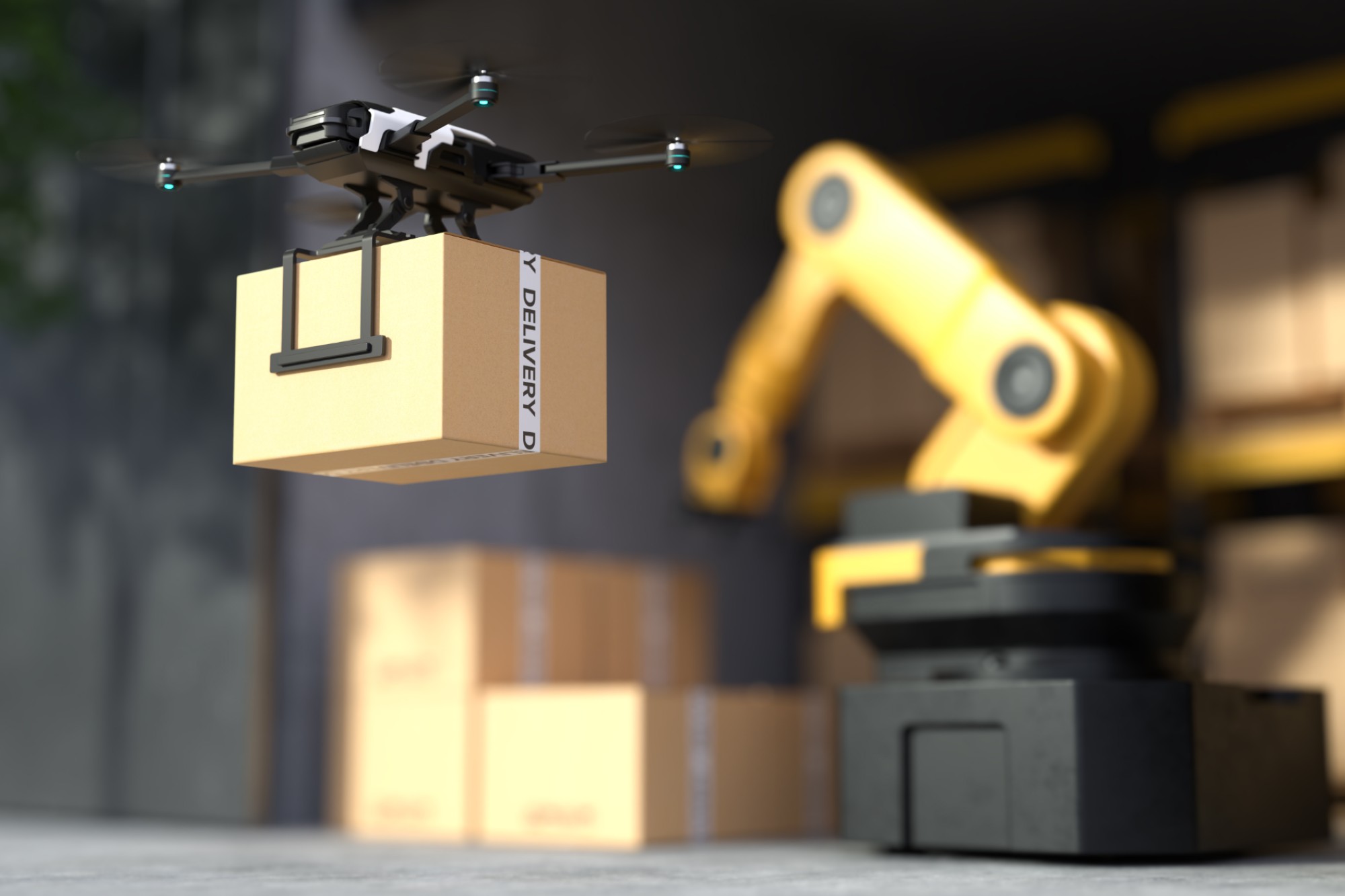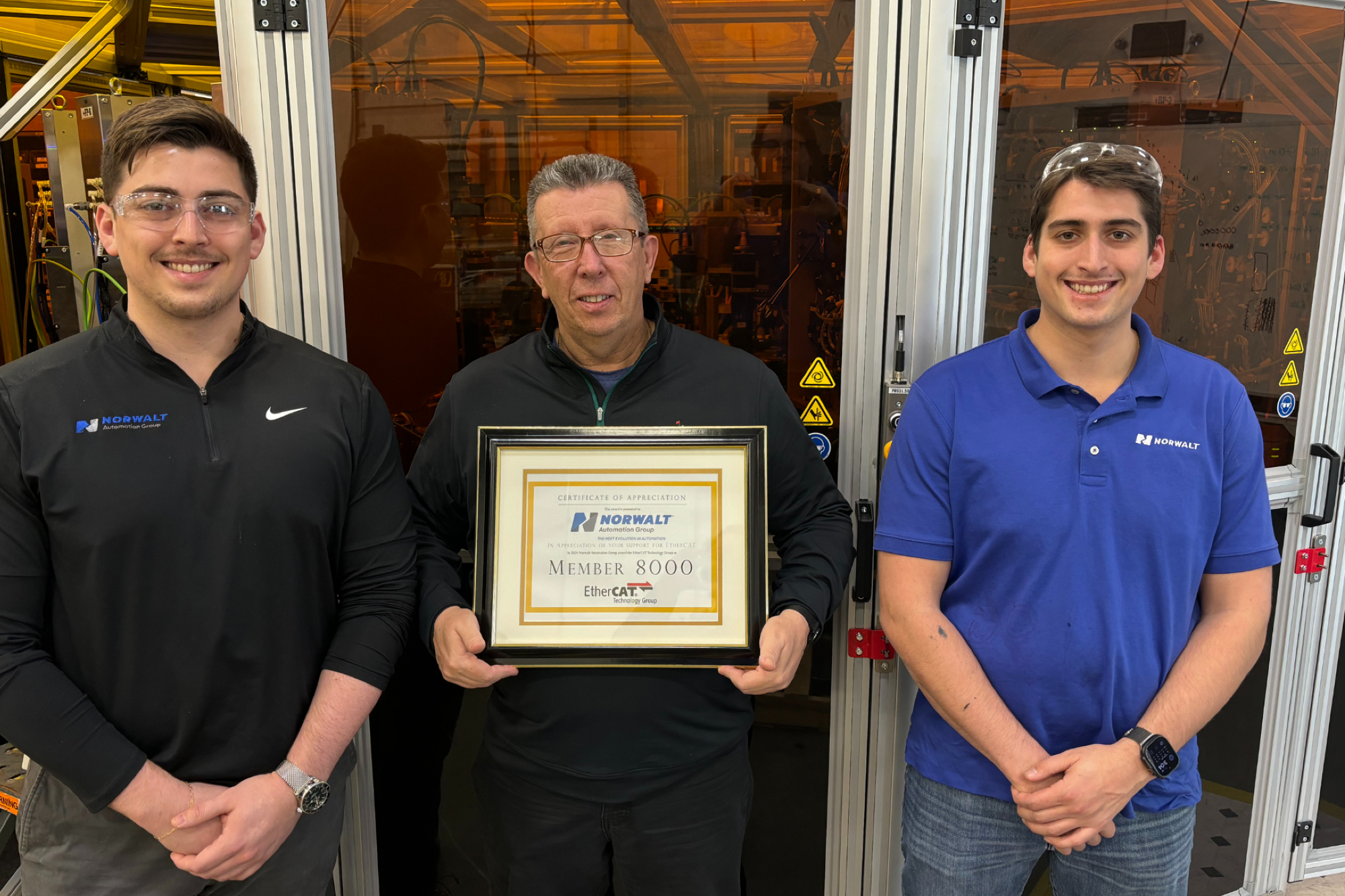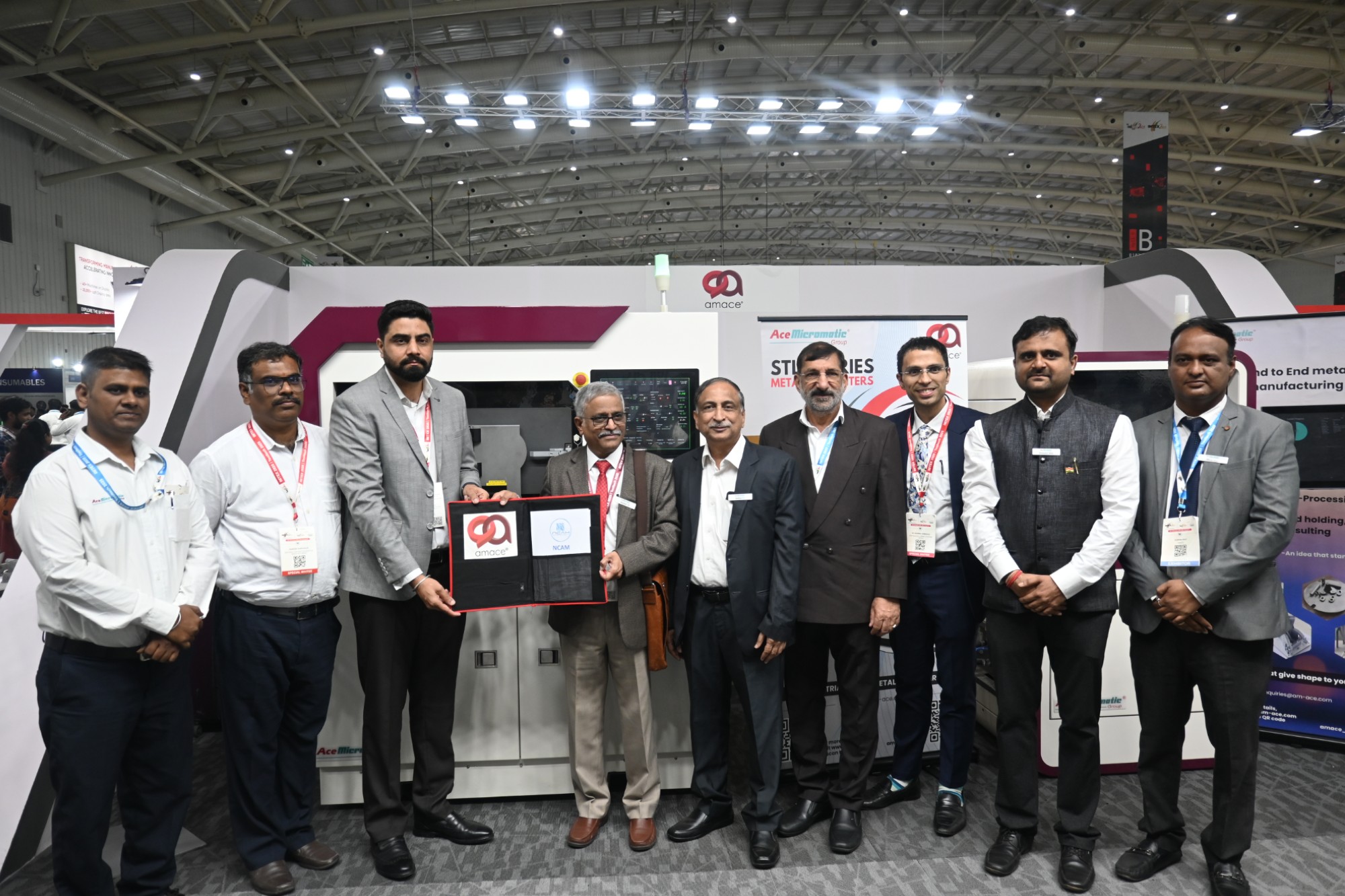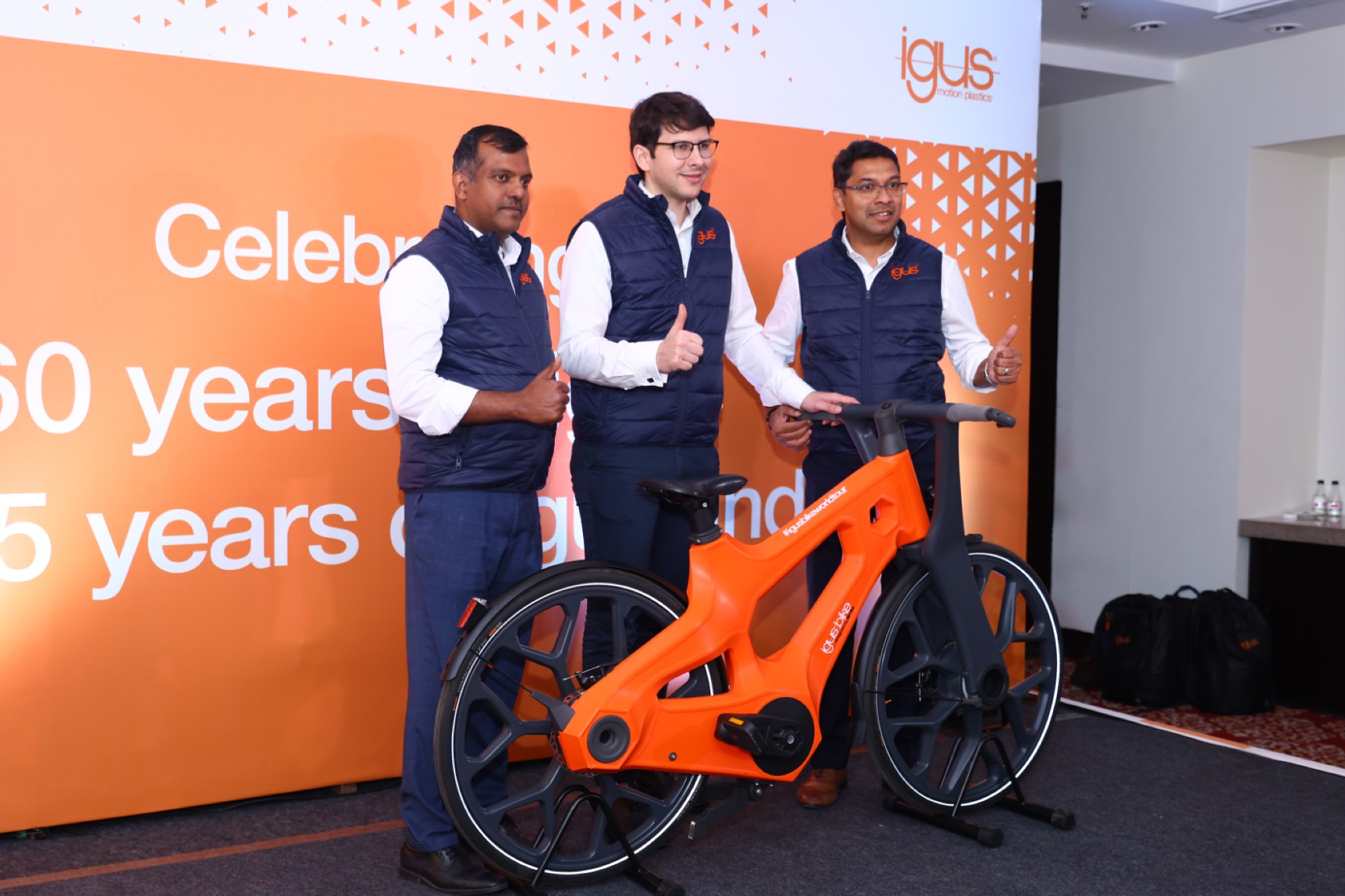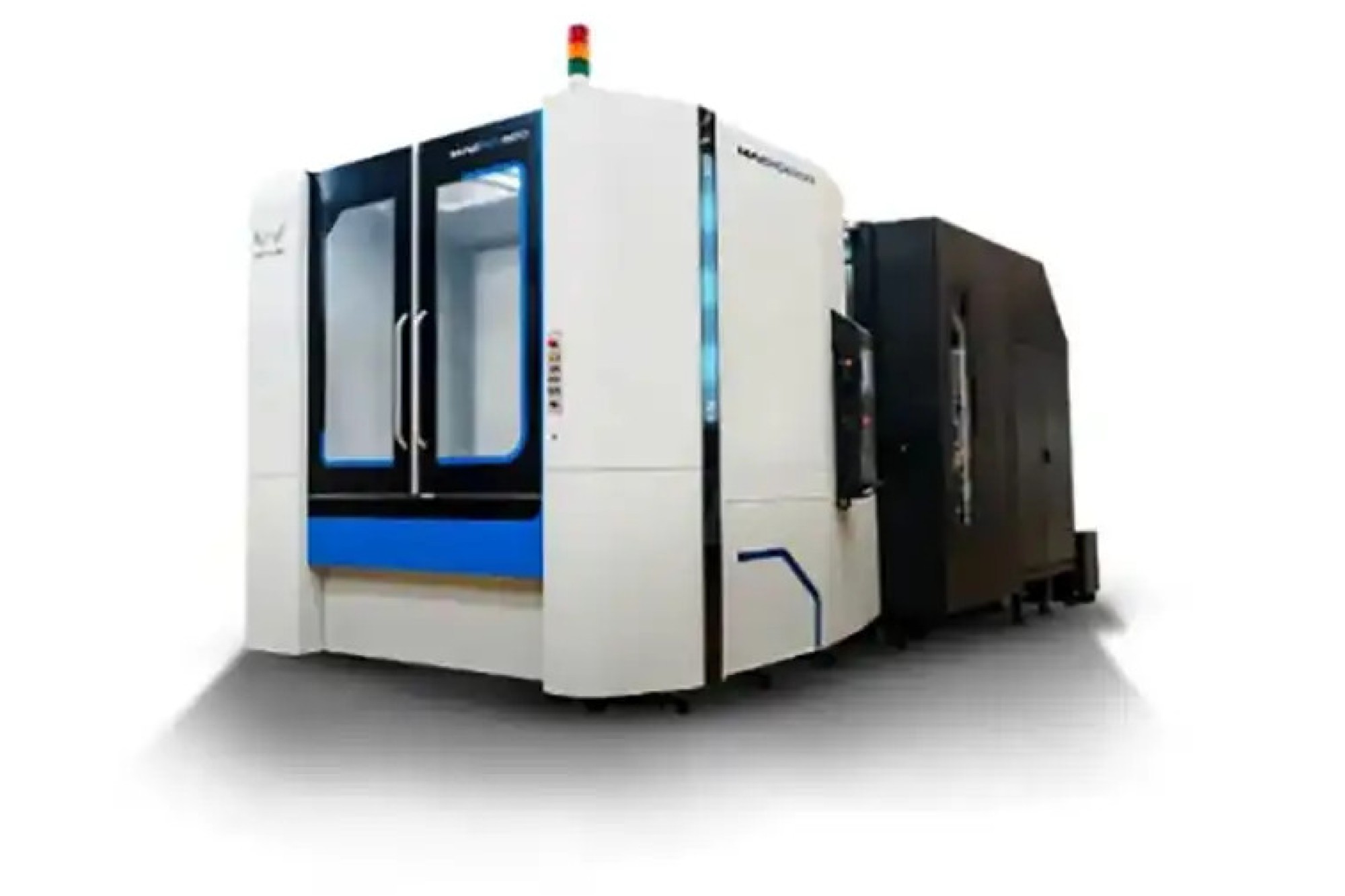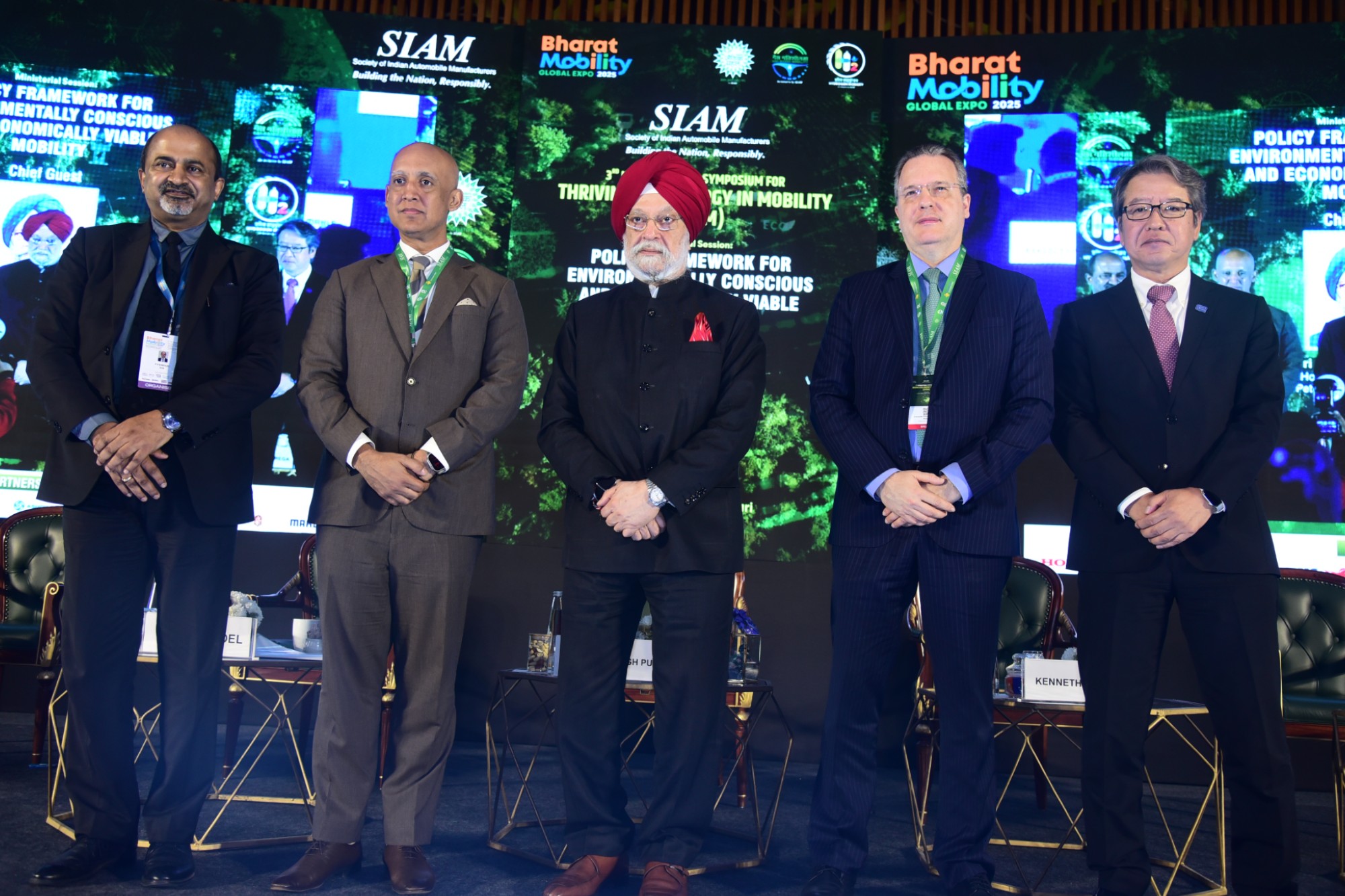Demands from cables for industrial automation applications
By OEM Update Editorial May 5, 2022 2:38 pm IST
Hybrid cables used in robotic systems should have the highest levels of durability, stability and flexibility, making them suitable for robotic applications.
Automation has been acting as the pace setter for industries globally, catering to the increasing demands for higher speed, flexibility, productivity and efficiency with scope for minimal error. Digitalisation has taken over sectors, with an added boost due to the global pandemic, reinventing the processes of manufacturing. Irrespective of the sector, automation has now become an irreplaceable part of processes, especially in factory environments.
While the popularity of automation is increasing, it is a lesser-known fact that cables actually form the backbone of automation. With industrial processes becoming more complex every day, there is a strong demand for cables to reflect these demands, and offer more flexibility, compactness and customisations as per customer requirements.
In this exciting era of Industry 4.0, let us look at some of the demands from the cable industry required to stay abreast of the evolving world of automation applications:
Torsion resistant and small bending radius
In functions that involve repetitive motions, customized cables are preferred that have been designed specially to withstand torsion and have a small bending radius. Flexibility can be considered as of the most important demands from cables in the era of Industry 4.0. When used in robotic applications, they have to occupy as minimal space as possible.
Light weight and slim
Cables have to be light weight and kept slim in their construction so as to occupy minimal space and not limit the movements of the machine.
Suited for robotic functions
Enterprises of all sectors are utilising robotics in industrial automation, especially to address the requirement for high production volumes. This field has been advancing rapidly and witnessing cutting edge innovations in a quick span of time. Robotics is preferred especially in tasks that require high levels of precision and accuracy. These movements usually involve heavy loads, extreme bending, rotary motions and high speeds. The failure of a single component can cause the entire production process to arrive at a standstill. Therefore, the hybrid cables used in these systems should have the highest levels of durability, stability and flexibility, making them suitable for robotic applications.
Transmission of high data loadsGuaranteeing high data rates in the harshest of industrial environments has been a persistent challenge for the cable industry with digitalization and the arrival of ‘smart factories’, there is a constantly increasing need to transmit more and more data within interconnected systems. The rate of data produced and transmitted will only increase in the era of wireless technology. Cable manufacturers are working towards addressing this demand for cables that have high volume loss-less data transmission.
EMC / Loss-less transmission
Another important challenge that has to be tackled by cables is reducing electromagnetic interference (EMI). This is why data network and signal cables generally have additional copper/aluminium screening. This provides complex hybrid cables that will offerless transmission, a durability of more than two million bending cycles, flexibility that is robot-compliant and high torsion.
Chemical resistance
Cables used in automation applications are constantly exposed to harsh industrial environments. To ensure long life and minimum maintenance, they need to be designed to withstand chemical reactions, strong chemical surfaces, corrosion, alkaline formation and corrosion.
Application-specific and durable
With remote working, functions for various processes have become automated, and the need for minimal failure systems have become higher than ever. Components such as cables used in these machineries have to be of the highest quality and tailor made as per requirements of the systems. The ideal machine components should have minimum maintenance requirements and failure rates. Compromises in quality might affect the smooth and efficient functioning of the system and might also culminate in complete system failure.
Needless to say, cables offer a wide range of benefits and will continue to be an integral part of factory and automation applications even with the domination of wireless technology. Connectivity solutions manufactured should also adapt to offer higher accuracy and precision levels, to suit the emerging installation & maintenance complexities. Cable and connection technology needs to be increasingly modular, miniaturised, easy to maintainand compliantwith global standards.In this highly competitive environment, it becomes essential for cable manufacturers to pay close attention to the new challenges faced by customers, constantly innovate to incorporate these needs in their products and offer tailor made solutions to differentiate themselves in the market.
Source:- Lapp India Pvt.Ltd
Cookie Consent
We use cookies to personalize your experience. By continuing to visit this website you agree to our Terms & Conditions, Privacy Policy and Cookie Policy.



